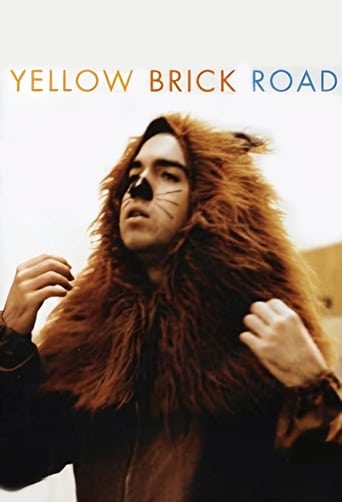
17 Jul 2005

Yellow Brick Road
A group of disabled actors prepare for and perform a one night only performance of The Wizard of Oz.

L. FRANK BAUM AND THE ROYAL HISTORY OF OZ
The first part tells of the life and works of L. Frank Baum, along with his career as a writer and filmmaker, centering on the creation of Oz. This portion continues with the effect of Oz after his death, with novelties, dolls, radio, stage, and screen adaptions, and advertising gimmicks based on his work, culminating with MGM's Wizard of Oz (1939). While discussing some of the major alterations between the book and the film, such as MGM making Baum's real-life adventure a dream. The second half is about interpretation of Oz by other artists, including Helen Kish, Barry Moser, Barry Mahon, Evelyn Copelman, Robert Tonner, Robin Woods, Michael Hague, Lizbeth Zwerger, Pavel Arsyenov, and Charles Santore. The documentary concludes with an analysis of Baum's work and its profound effect on American culture.
Narrator
Himself
Herself
Himself
Herself
Himself
Himself
Child

17 Jul 2005

A group of disabled actors prepare for and perform a one night only performance of The Wizard of Oz.
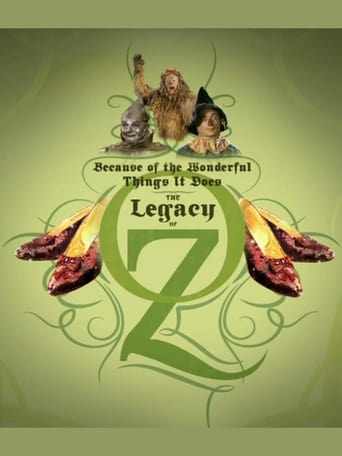
25 Oct 2005

A featurette about The Wizard of Oz (1939).

20 Feb 1990

Documentary about the making of the 1939 MGM classic film The Wizard of Oz. Includes interviews of cast and crew members, their families and fans of the film.
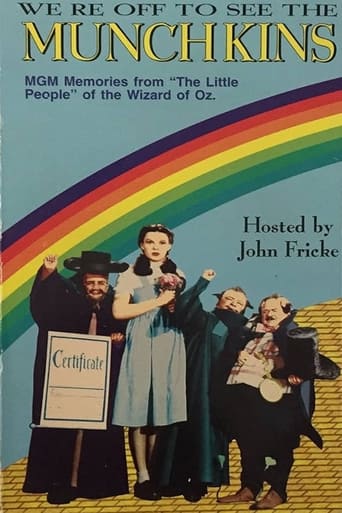
01 Jan 1993

The last eight surviving Munchkins from The Wizard of Oz share their memories in this 1993 documentary hosted by Oz historian John Fricke.

25 Nov 2015

Go behind the curtain in The Land of Oz with NBC's "The Making of The Wiz Live!" The hour-long special will give an exclusive backstage look at this highly anticipated television event.
11 Mar 2016
THE SLIPPERS pulls back the Wizard’s curtain on the unbelievable story and cultural impact of Dorothy's Ruby Slippers from The Wizard of Oz. Through first-hand accounts and archival interviews, THE SLIPPERS will detail the life of the Ruby Slippers after their sale at the famed 1970 MGM auction. Discovered by costumer Kent Warner, it is unclear how many pairs were found and how many pairs exist. That mystery has only helped to propel the shoes to the forefront of the Hollywood memorabilia market. They have been bought, stolen, and coveted by many. They are considered the most important piece of Hollywood memorabilia and the catalyst for the creation of Hollywood memorabilia collecting.
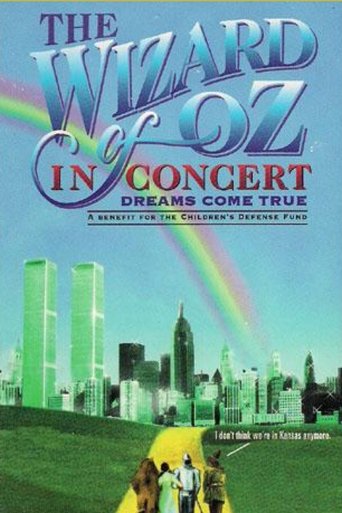
22 Nov 1995

This production consists an abbreviated script and highlights most musical numbers from the 1939 film.
01 Jan 1985
A promotional piece for the Disney film "Return to Oz", that also traces the history of the Oz books and films.
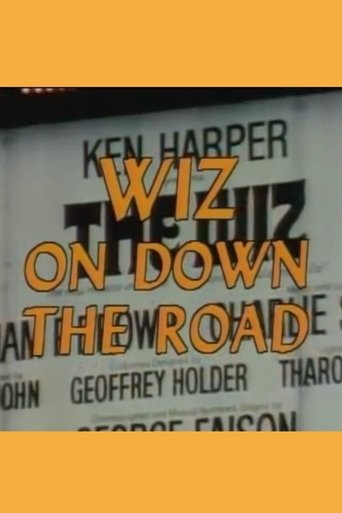
01 Jan 1978

A short promotional film on the making of “The Wiz” (1978). Includes a brief history of Oz portrayals in film and behind the scenes interviews.
23 Sep 2009
A look into how L. Frank Baum's classic novel was transformed into one of the most beloved films of all time including archival interviews, behind-the-scenes footage, and rare musical outtakes.
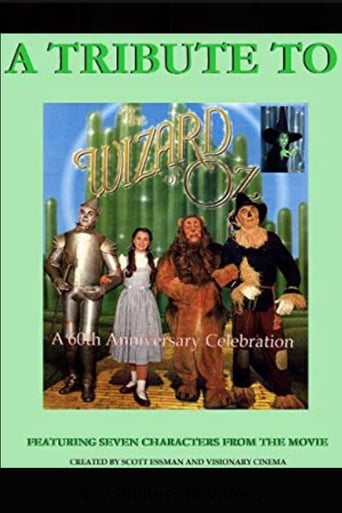
01 Jan 1999

A tribute to the characters and makeup artists from the Wizard of Oz, as performed and created by some of the top makeup people in Hollywood. On September 12, 1998, a group of top makeup artists gathered in Studio City, CA, to pay tribute to Jack Dawn and his team from the seminal 1939 classic, The Wizard of Oz.
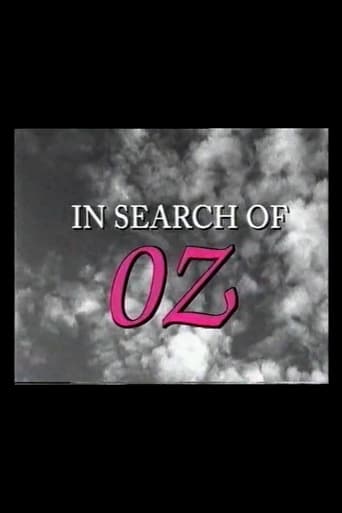
16 Jun 1994

BBC 2 produced this documentary on the Oz books of L. Frank Baum and the films and fantasies that they inspired, particularly the first book `The Wonderful Wizard of Oz'. Includes clips from the several silent film versions of the stories produced by Baum that have survived as well as the 1939 film with Judy Garland, and interviews with such enthusiasts as Salman Rushdie, Gore Vidal, Ray Bradbury, Geoffrey Ryman and Nora Ephron.
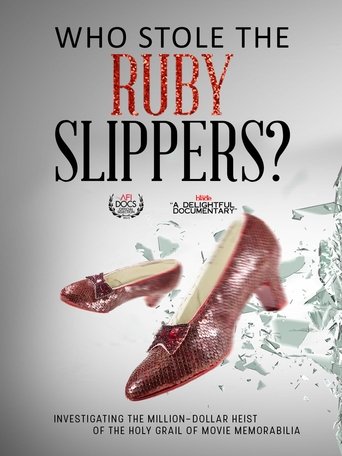
22 Jan 2015

A classic Hollywood whodunnit mystery. “Who Stole the Ruby Slippers?” is an investigative look into the 2005 theft of an original pair of ruby slippers worn by Judy Garland in the classic film “The Wizard of Oz”.
22 Oct 1981
Douglas Davis presents his interpretations of The Maltese Falcon (1941), The Wizard of Oz (1939), and Napoleon in the triptych style of the finale of the Abel Gance version of the latter.

28 Apr 2011

This iconic American story was written in 1900 by L Frank Baum, a Chicago businessman, journalist, chicken breeder, actor, boutique owner, Hollywood movie director and lifelong fan of all things innovative and technological. His life spanned an era of remarkable invention and achievement in America and many of these developments helped to fuel this great storyteller's imagination. His ambition was to create the first genuine American fairytale and the story continues to fascinate, inspire and engage millions of fans of all ages from all over the world. This documentary explores how The Wonderful Wizard of Oz has come to symbolise the American Dream and includes previously unseen footage from the Baum family archives, still photographs and clips from the early Oz films, as well as interviews with family members, literary experts and American historians as it tells the story of one man's life in parallel to the development of modern America.
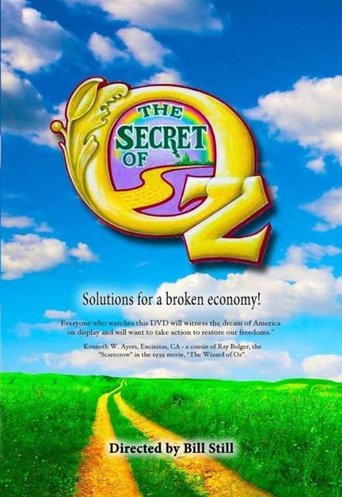
01 Oct 2009

It is well known in economics academia that The Wonderful Wizard of Oz written by L. Frank Baum in 1900 is loaded with powerful symbols of monetary reform which were the core of the Populist movement and the 1896 and 1900 president bid of Democrat William Jennings Bryan. The yellow brick road (gold standard), the emerald city of Oz (greenback money), even Dorothy’s silver slippers (changed to ruby slippers for the movie version) were the symbol of Baum’s and Bryan’s belief that adding silver coinage to gold would provide much needed money to a depression-strapped, 1890s America. We believe Baum’s symbols represent the only solution to relieve the growing economic hardship here in America – and the rest of the world. Practically speaking, 2009 marks the 70th anniversary of the 1939 MGM release of the The Wizard of Oz movie, so interest will be very high. Even Oz websites put up by kids get millions of hits.

01 Jan 1995

Behind the scenes in the making of “The Wizard of Oz on Ice”.
22 Feb 1999
No overview found
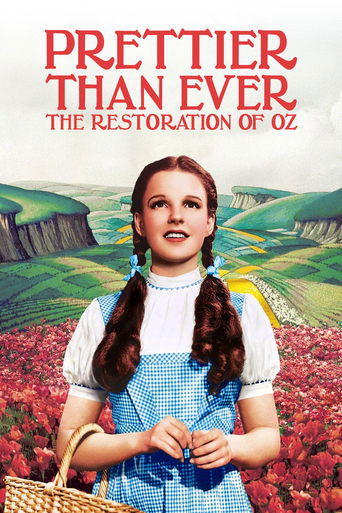
07 Nov 2005

A documentary short about the restoration of the classic 1939 film The Wizard of Oz.
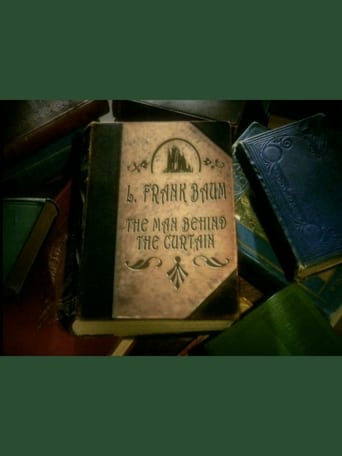
25 Oct 2005

A featurette on L. Frank Baum, author of The Wonderful Wizard of Oz and other children's books.